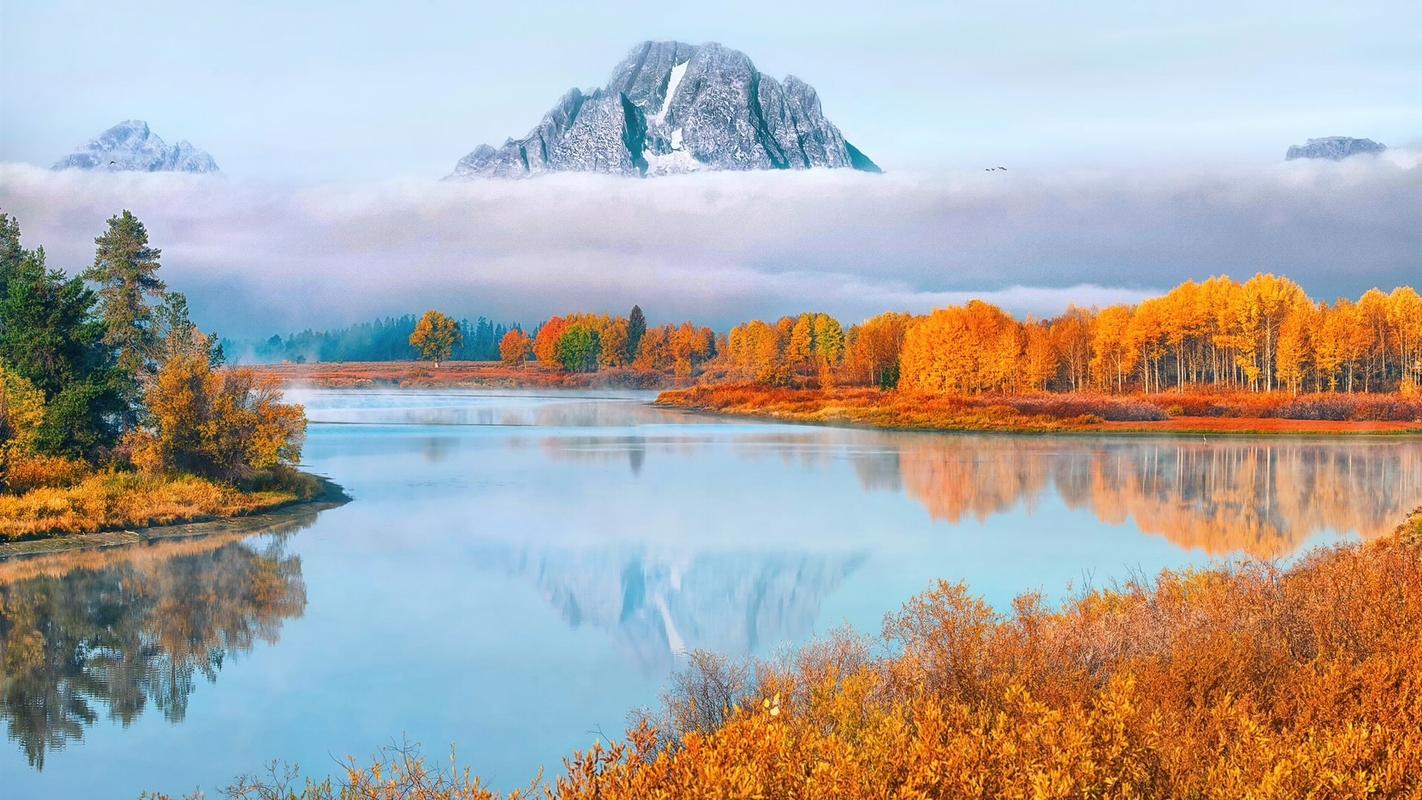The Ultimate Guide to Understanding a Deer’s Habits and Behaviors
Deer are one of the most fascinating animals to watch in the wild. Their habits and behaviors are intricate and complex, making them a topic of interest for both scientists and nature enthusiasts alike. If you’re curious to learn more about these graceful creatures, then this ultimate guide to understanding a deer’s habits and behaviors is the perfect starting point.
Habitat and Range
Deer are found all over the world, including North and South America, Europe, and Asia. They typically live in areas with forests, grasslands, and wetlands, but can also be found in suburban neighborhoods and other urban areas. Some of the most common species of deer include white-tailed deer, mule deer, elk, and moose.
Diet and Feeding Habits
Deer are primarily herbivores, which means they eat plants and other vegetation. Some of their favorite foods include grasses, leaves, and nuts, but their diet can vary depending on the season and availability of food. During the winter months when food is scarce, deer will often feed on woody plants, bark, and twigs to survive.
Behavior and Social Life
Deer are social animals and tend to live in groups known as herds. Herds can range in size from just a few animals to several dozen, and are typically made up of females and their young offspring. Male deer, or bucks, are more solitary and will often leave the herd during the breeding season to find a mate.
Deer are also known for their alertness and wariness, as they are natural prey for many predators. They have excellent senses of hearing, vision, and smell, which they use to detect danger and flee quickly if necessary.
Breeding and Reproduction
Breeding season for deer usually occurs in the fall, when male bucks will compete for mates. They use their antlers to fight for dominance, and will often engage in intense battles to win the right to mate with females. After breeding, females will carry their young for several months before giving birth in the spring. Fawns are born with white spots on their fur, which provide camouflage and help them blend in with their surroundings.
Conclusion
Deer are fascinating animals with a complex set of behaviors and habits that make them both beautiful and intriguing. Understanding their lifestyle and natural instincts takes patience and a keen eye, but the reward is seeing them in the wild and appreciating their contribution to the natural environment. Whether you’re a seasoned nature enthusiast or just starting out, this ultimate guide to understanding a deer’s habits and behaviors is an excellent starting point for anyone looking to learn more about these majestic creatures.
(Note: Do you have knowledge or insights to share? Unlock new opportunities and expand your reach by joining our authors team. Click Registration to join us and share your expertise with our readers.)
Speech tips:
Please note that any statements involving politics will not be approved.
